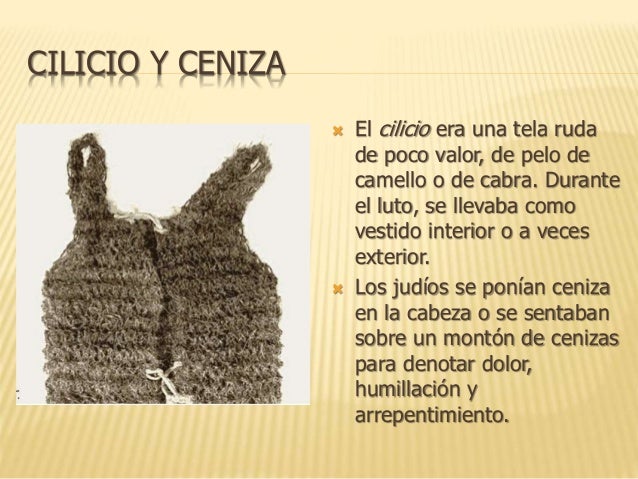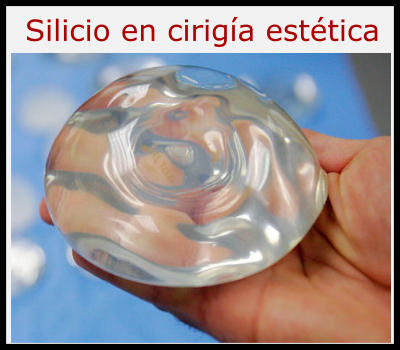

One working example we are familiar with is the storage of our genetic information in DNA molecules.

To achieve higher storage densities we will have to utilize the volume of the storage media and not only its surface. “Also, the information for our Bible is encoded in small holes 20 nanometers deep, but the chip itself is half a millimeter thick. It is 160,000 times denser than our Bible. So if we use an atom, the diameter will be only one tenth of a nanometer – two hundred times smaller. On our Bible, we used 14 nanometers diameter for the smallest dot we had. But in the future we can think about putting information, one bit per atom, on a substrip. “Storing the same amount of information will take four times this area on a modern hard disk, and about 140 times this area on a triple layer DVD. “The current technology is predicted to continue shrinking and doubling capacity for many years until some ultimate limitation is reached,” Zohar said. “What does the future hold for such technology?” Fleisher asked. We did this as part of a massive educational program aimed at mostly high school students to explain different methods of storing information and spark an interest in Nanotechnology.” The project was sponsored and conducted at the Russell Berrie Nanotechnology Institute at Haifa’s Technion Institute of Technology. It is not intended to replace any storage devices out there. You need an electron microscope to read it. You cannot read it with a magnifying glass or even the best optical microscope. “To read it you need very expensive equipment. “It is not for ordinary use, of course,” Zohar said. “What did you make this for?” asked Fleisher. It digs little holes and each hole is a pixel for whatever picture you would like. “What the focused ion beam does is shoot gallium ions, focusing the charged particles on the substrip. “We then used a focused ion beam to inscribe the Biblical text on it,” Zohar said. A nanometer is about a billionth of a meter. student at the Technion, on Israel National Radio’s Yishai Fleisher Show. “We took a piece of silicon and evaporated a very small layer of gold over it, about twenty nanometers thick,” explained Ohad Zohar, a Ph.D. More than 300,000 words and 1,200,000 letters, including vowels have been placed on less than half a square millimeter, allowing the tiny Torah to fit inside the first dot of the first letter of a traditional Torah scroll.

Out of Zion has come the world’s tiniest Bible, engraved in gold on silicon, to illustrate the science of nanotechnology. Assim, o texto ficará visível a olho nu em um painel de 7m x 7m.Īnd Out of Zion Will Come the World’s First Nano-Torah – Arutz Sheva: 17 Tevet 5768, December 26, ’07 Assim, eles poderão ampliar a fotografia em 10.000 vezes e exibi-la em uma parede gigante na Faculdade de Física do Instituto. Agora, os cientistas estão tentando fotografar a nano bíblia com o SEM. Ao direcionar um feixe de partículas para vários pontos sobre o substrato, é possível gravar qualquer padrão de pontos, especialmente aquele que represente um texto. Ao observar as palavras escritas sob um microscópio eletrônico de varredura (SEM, em inglês), os pontos expostos de silício ficam mais escuros que o ouro em sua volta, facilitando a leitura. O diâmetro do ponto exposto tem cerca de 40 nanômetros. Ao se direcionar um feixe de partículas para um ponto sobre a superfície, os átomos de ouro saem desse ponto, expondo assim a camada de silício que estava por baixo. A nano bíblia foi escrita com a técnica de Feixe de Íons em Foco (FIB, na sigla em inglês). A equipe, liderada por Uri Sivan, diretor do Instituto de Nanotecnologia do Technion, e Alex Lahav, ex-chefe do Instituto de Pesquisas em Microeletrônica, conseguiu “escrever” as 308.428 palavras da primeira parte da Bíblia sobre uma superfície de 0.5mm² de silício, coberta por uma camada de ouro de 20 nanômetros. Fica aqui o registro.Ĭientistas do Instituto Technion, em Haifa (Israel) acabam de bater o recorde de menor Bíblia do mundo – ou, pelo menos, do menor Antigo Testamento já impresso. A notícia já saiu em vários meios de comunicação e pode ser encontrada com facilidade em muitos biblioblogs em inglês.


 0 kommentar(er)
0 kommentar(er)
